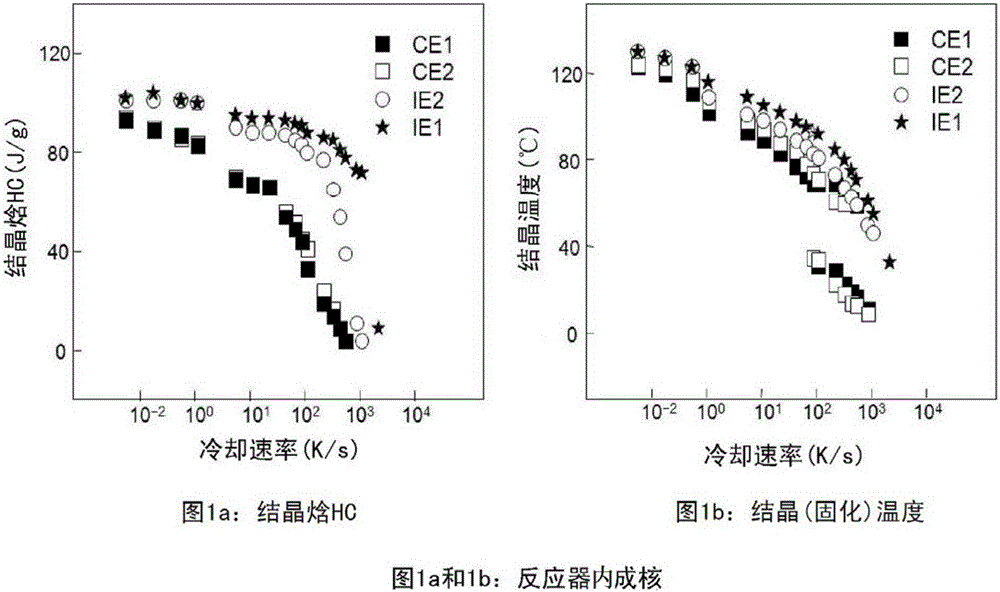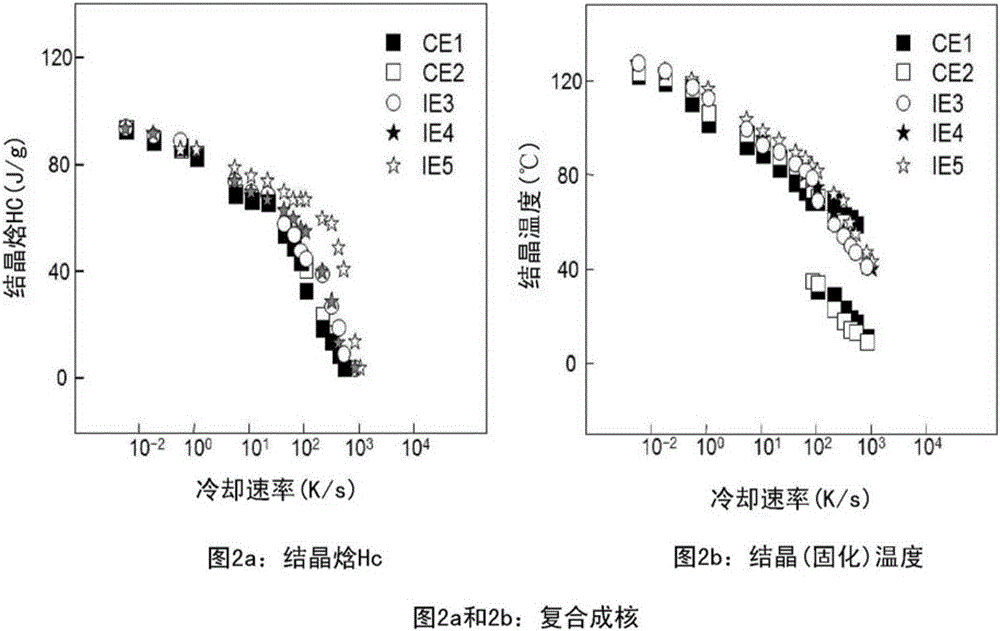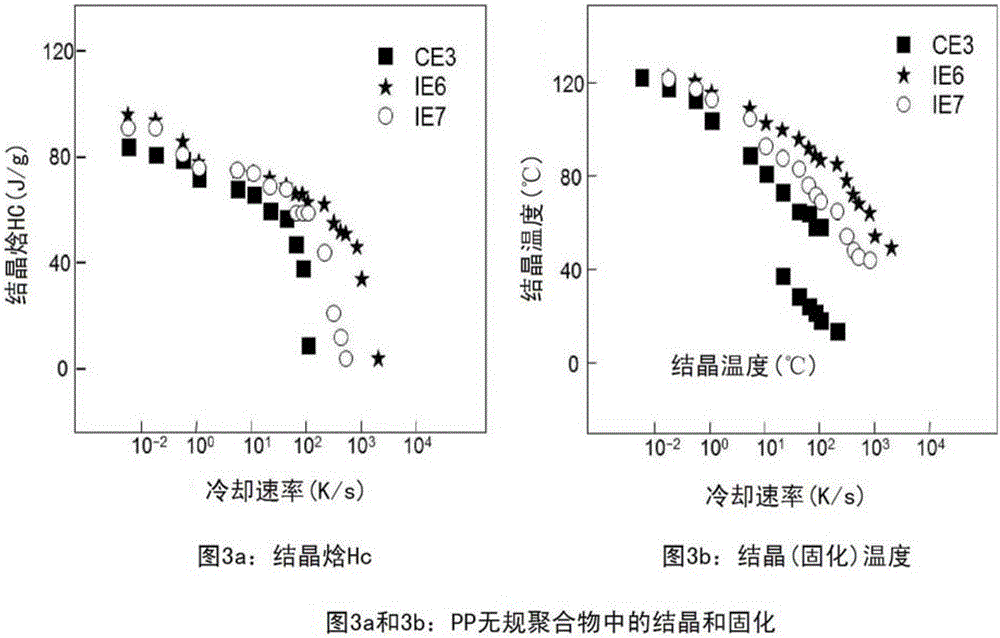Process for the preparation of an alpha-nucleated polypropylene
A technology of nucleated polypropylene and polypropylene composition, which is applied in the field of preparation of α-nucleated polypropylene and can solve problems such as low mechanical properties
- Summary
- Abstract
- Description
- Claims
- Application Information
AI Technical Summary
Problems solved by technology
Method used
Image
Examples
Embodiment 1
[0292] 1a) Catalyst Preparation
[0293] 3.4 liters of 2-ethylhexanol and 810 ml of propylene glycol butyl monoether (4 / 1 molar ratio) were added to the 20 liter reactor. Then 7.8 liters of a 20% toluene solution of BEM (butylethylmagnesium) supplied by Crompton GmbH were slowly added to the well stirred alcohol mixture. The temperature was maintained at 10°C during the addition. After the addition, the temperature of the reaction mixture was raised to 60°C and mixing was continued at this temperature for 30 minutes. Finally, after cooling to room temperature, the resulting Mg-alkoxide was transferred to a storage vessel.
[0294] 21.2 g of the magnesium alkoxide prepared above was mixed with 4.0 ml of bis(2-ethylhexyl)citraconate for 5 minutes. Immediately after mixing, the resulting Mg complex was used to prepare catalyst components.
[0295] At 25°C, 19.5 ml of titanium tetrachloride was placed in a 300 ml reactor equipped with a mechanical stirrer. Adjust the mixing s...
Embodiment 2
[0309] 2a) Catalyst preparation
[0310] First, 0.1mol MgCl 2 ×3 EtOH was suspended in 250 ml decane in the reactor under inert conditions and atmospheric pressure. Cool the solution to a temperature of -15 °C and add 300 ml of cold TiCl 4 , while maintaining the temperature at the stated level. Then, the temperature of the slurry was slowly increased to 20°C. At this temperature, 0.02 mol of dioctylphthalate (DOP) was added to the slurry. After the phthalate was added, the temperature was raised to 135°C over 90 minutes and the slurry was allowed to stand for 60 minutes. Then, add another 300ml of TiCl 4 , maintaining the temperature at 135°C for 120 minutes. Thereafter, the catalyst was filtered from the liquid and washed 6 times with 300 ml of heptane at 80°C. Then, the solid catalyst component was filtered and dried.
[0311] Typical catalysts and the concept of their preparation are disclosed eg in patents EP491566, EP591224 and EP586390.
[0312] 2b) VCH modific...
Embodiment 3
[0322] A non-nucleated PP homopolymer was produced using the same catalyst as in Example 2 of the present invention, but step 2b (VCH modification) was omitted.
[0323] VCH-nucleation was then performed by mixing 3% of IE2 into the non-nucleated polypropylene homopolymer. The basic properties are shown in Table 3.
PUM
| Property | Measurement | Unit |
|---|---|---|
| thickness | aaaaa | aaaaa |
| melt flow index | aaaaa | aaaaa |
| particle size | aaaaa | aaaaa |
Abstract
Description
Claims
Application Information
 Login to View More
Login to View More - R&D
- Intellectual Property
- Life Sciences
- Materials
- Tech Scout
- Unparalleled Data Quality
- Higher Quality Content
- 60% Fewer Hallucinations
Browse by: Latest US Patents, China's latest patents, Technical Efficacy Thesaurus, Application Domain, Technology Topic, Popular Technical Reports.
© 2025 PatSnap. All rights reserved.Legal|Privacy policy|Modern Slavery Act Transparency Statement|Sitemap|About US| Contact US: help@patsnap.com



